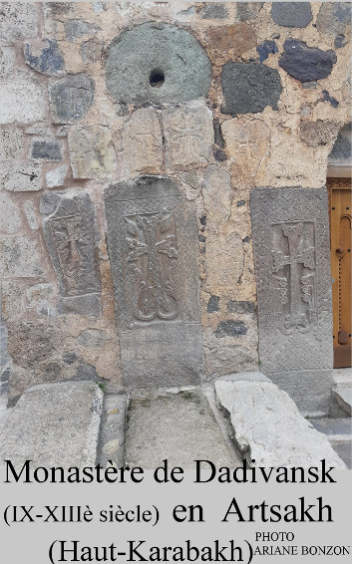In preparing to host the November 11-12 G20 Summit in Seoul, the South Korean government has worked to win support for a “global financial safety net,” a rapid response to future global economic crises. Part of Seoul’s vision is greater cooperation in the face of crises between the International Monetary Fund, regional pools of government capital, and central banks.
Seoul’s efforts are part of the global quest for improving sovereign insurance against the next financial crisis.
Multiple insurance schemes already exist, but they are incoherent. Beside the massive national reserves held by China and some other Asian economies, there are now a number of regional financial schemes – such as Asia’s nascent, $120 billion Chiang Mai Initiative currency swap and the $617 billion European Financial Stability Fund created during the Greek crisis. The global crisis also saw a record number of swap arrangements between central banks. The U.S. Federal Reserve alone extended $755 billion to 14 other central banks around the world to alleviate their dollar liquidity shortfalls, while the European Central Bank provided swaps in Europe and for the People’s Bank of China and the Bank of Japan in Asia.
Worried about losing out to alternatives and fragmentation in the global financial architecture, the IMF also supports the safety net idea. The Fund’s Board recently agreed on flexible lending instruments free of conditions to countries with sound economic policies. The Board is currently considering a Global Stabilization Mechanism, a merger of bilateral swap lines supported by South Korea, as a tool of lending on short notice to multiple nations at once.
The drive for a coherent financial architecture is useful in part because of continued weak links in the global economy. Thus far, the regional facilities in emerging markets are rather untested and small. Also, central banks may not be as willing to dispense as many swaps in the future, and are unlikely to do so in a systematic fashion. For example, the Federal Reserve preferred a swap to South Korea to one to, say, Indonesia due to high U.S. bank exposures in South Korea. Research shows that countries tend to provide swaps to nations with which they have important financial and trade ties.
A more watertight insurance scheme for financial crises is also seen as a way to dissuade Asian nations from hoarding foreign exchange reserves, which contribute to global imbalances.
In the creation of a global safety net, the IMF has to take center stage. A global economy and global crises demand system-wide management. A divorce between the IMF on one hand, and regional and bilateral schemes on the other, would risk conflicts and gaps in crisis response. The Fund’s technical expertise and worldwide experience cannot be replicated at the regional level. Regional or bilateral rescues delinked from the Fund would be unlikely to adhere to the same rigorous conditions for good economic governance as demanded by the IMF.
But politics stand in the way of a seamless global financial architecture. Many Asian nations, traumatized by the IMF’s strictures in exchange for loans during the 1997-98 Asian financial crisis, want to sever current links between the Chiang Mai Initiative and the IMF so as to wean the region off the Fund’s – and thus U.S. and European – influence.
In Europe, which has established formal linkages between the IMF and the new European regional financial facility, France and the United Kingdom have signaled support for a Global Stabilization Mechanism. But Germany worries the scheme would make it too easy for countries to obtain loans, encouraging budgetary profligacy and poor economic management.
Central banks, including the U.S. Fed, are unlikely to want to relinquish their authority over swap lines to the finance minister-run IMF.
Both the United States and Europe have an interest in safeguarding against future global crises, averting a race to the bottom in conditions attached to loans, and dissuading Asians from accumulating reserves.
To give the global safety net concept legs, Washington and Europeans should make the IMF more responsive by building formal ties between the Fund and alternative sources of lending, such as central banks and the private sector. But the Fund’s improved capacity to lend must be accompanied by sturdy safeguards against moral hazard.
With key G20 counterparts – China, Korea, Japan, India, and Brazil – Americans and Europeans should also fashion global principles to guide the relationship between the IMF, regional financial facilities, and bilateral, ad hoc financial arrangements. Such principles should address access to funds’ design of lending programs and enforcement of loan conditionality. Europe’s work with the IMF in rescuing Greece sets a useful precedent.
As was painfully learned last year in the European sovereign debt crisis, crises are not a time to weave a better safety net. The time is now, before the next crisis hits. The Seoul Summit is the place.

